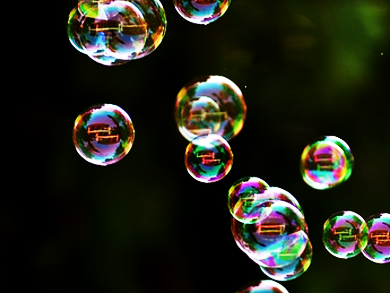Cold atmospheric plasma possesses a lot of active free radicals—in particular reactive oxygen species, reactive nitrogen species, and charged particles—and has a lot of potential in biomedical engineering and targeted drug delivery applications.
Jue Zhang, Jinsong Guo, Zhengxin Liu, Kalie Wang, Jiabin Zhang, and Feihong Dong, Peking University, China, have developed a microbubble that is loaded with plasma gas that releases the free radicals by exposing them to ultrasound. It can be used as an ultrasound contrast agent. The microbubbles were synthesized using a modified emulsification process and sonication treatments [1]. Purging of plasma gas, followed by closing the microbubbles loaded the plasma into the microbubbles. The researchers also loaded a fluorescent dye, 1,10-dioctadecyl-3,3,30,30-tetramethylindocarbocyanine iodide (DiI), into the microbubble to easier see the release effects.
The resulting microbubbles had an average size of 2.54 ± 2.28 µm and ultrasonic radiation was found to destroy the microbubbles and release the payload. The free radicals released included nitric oxide and hydrogen peroxide. Dil acted as a model drug in this experiment as was found to be released, alongside the plasma radicals, during ultrasonic treatment, and was taken up by porcine iliac endothelial cells (PIEC), thus showcasing the potential as a novel drug delivery approach.
- Cold plasma gas loaded microbubbles as a novel ultrasound contrast agent,
Feihong Dong, Jiabin Zhang, Kaile Wang, Zhengxin Liu, Jinsong Guo, Jue Zhang,
Nanoscale 2019.
https://doi.org/10.1039/c8nr08451c
[1] S. Yu, K. L. Wang, S. S. Zuo, J. H. Liu, J. Zhang, J. Fang, Phys. Plasmas 2015, 22, 103522. https://doi.org/10.1063/1.4934974




